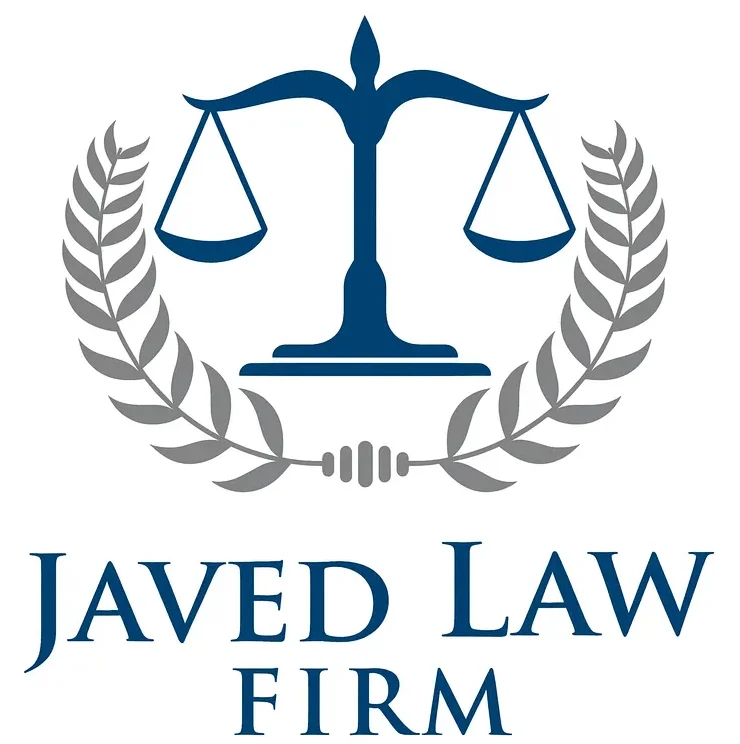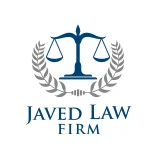The After‑Fire Dilemma: Water & Mold Risks in Texas
Texas homeowners policies usually address the fallout from a fire in four key ways.First,water damage caused by fire-fighting efforts—such as hose runoff or sprinkler discharge—is treated as a covered peril, so the insurer will pay for drying, de-humidifying, and any necessary repairs.
Second,mold remediationthat results directly from the fire-related moisture is often included, provided the mold growth is sudden and not due to long-term neglect.Third,structural repairs and debris removalare covered; this includes replacing damaged framing, walls, flooring, and clearing out charred material.
Finally, most policies provideAdditional Living Expenses (ALE)to help you stay elsewhere while your home is restored.Limits and deductibles vary, so reviewing your declaration page is essential.
Additionally, many Texas insurers also coversmoke damageto personal belongings andbuilding-code upgradesrequired to bring repaired structures up to current state-of-the-art standards mandated by the Texas Department of Insurance.For instance, a homeowner in the Hill Country whose roof is replaced after a fire must meet the latest wind-resistance criteria; the policy will often pay the difference between the original construction cost and the upgraded cost, up to the policy limit.Typical fire-related deductibles in Texas range from $1,000 to $5,000, so confirming your deductible amount on the declaration page can prevent unexpected out-of-pocket expenses.
What Your Texas Homeowners Policy Typically Covers
When fire leaves water and mold, acting fast can lower repair costs and keep your claim moving.
- Notify your insurer within 24 hours. Provide your policy number, the fire date, and a brief description of the water and mold damage.
- Document everything. Photograph and video every affected area—walls, flooring, personal items, and fire-fighting equipment. Keep receipts for emergency cleanup supplies.
- Collect supporting paperwork. Include the fire report, contractor estimates, and any mold-test results. Store them in a digital folder for quick sharing.
- Meet the insurance adjuster. Walk them through the damage, highlight hidden moisture, and answer questions about mitigation steps you’ve already taken.
- Review the offer with Javed Law Firm. We compare it to your records, check policy limits and deductibles, and negotiate if needed.
Download our free claim-checklist and keep the process flowchart handy to stay on track.
Step‑by‑Step: Filing Your Water & Mold Claim
After a fire, many Texas homeowners discover that their insurer will not pay for certain water-related losses.Understanding the usual gaps can keep a claim from being denied.
Typical exclusions
- Flood water or groundwater seepage (requires a separate flood policy).
- Mold that develops from long-term moisture rather than the immediate firefighting effort.
- Damage that exceeds the policy’s per-occurrence limit or deductible.
- Repairs to items the homeowner failed to protect or mitigate promptly.
- Costs for cosmetic upgrades that are not strictly necessary for restoration.
When mold isn’t coveredMost policies only pay for mold tied directly to sudden water damage.Gradual growth or pre-existing conditions are usually excluded.
“Javed Law Firm helped us overturn a denial that blamed “normal wear,” and we received full mold remediation reimbursement.” – Texas homeowner
Common Exclusions & Pitfalls to Watch
1.Does my Texas homeowners policy pay for water used by firefighters?Yes, most policies cover sudden water damage caused by fire-fighting efforts, up to the policy limit and after the deductible.
3.How long do I have to file a claim?Texas law expects notice within a reasonable time—usually 30 days—but filing sooner speeds approval.
4.Will I receive money for temporary housing?Additional Living Expenses (ALE) are paid while your home is uninhabitable, provided the loss is covered.
5.Are flood-related water damages excluded?Standard policies do not cover flood water; a separate flood endorsement is required.
6.What documentation speeds my claim?Photos, receipts, and a written inventory of damaged items are essential.
7.Can Javed Law Firm help if my claim is denied?Our attorneys specialize in Texas fire-water-mold disputes and can fight for full reimbursement.
Your Top Questions Answered
When a fire broke out in a Houston home, the insurer initially denied water-damage reimbursement.Javed Law Firm intervened, documented the firefighting runoff, and secured a $27,500 settlement that covered mold remediation and temporary housing.
In a Dallas condo, a burst pipe after the blaze left 1,200 sq ft of drywall saturated.Our team negotiated a full policy payout, allowing the owner to replace the drywall and install a new HVAC system—saving an estimated $18,300.
Key takeaways from these Texas successes:
- Full reimbursement for water extraction, drying, and mold removal.
- Average claim increase of 42 % after legal representation.
- Rapid resolution—most cases closed within 45 days.
Before-and-after photos and a client video testimonial illustrate the transformation and peace of mind restored.
Verified Texas Case Studies
If you’ve read this guide and still have questions, let Javed Law Firm take the next step for you.Our Texas-licensed team will evaluate your policy, identify hidden coverage, and outline a strategy—at no cost and with no obligation.Just fill out the short form below; your information is protected by our industry-standard trust seal and strict privacy policy.
- Quick, personalized assessment of water- and mold-damage coverage.
- Direct access to an experienced claim attorney.
- Clear next-steps roadmap to maximize reimbursement.
Contact Javed Law Firm today and protect your home from costly surprises.
For instance, homeowners in Houston’s flood-prone neighborhoods have recovered up to $12,000 by uncovering overlooked mold clauses.Our attorneys also guide you through Dallas-area insurer portals, ensuring filing.
Ready for a Free Claim Review?
If you want to keep learning, Javed Law Firm offers a suite of Texas-specific tools that make post-fire recovery easier.Our internal library covers everything from quick-fix water-damage steps to detailed mold-remediation checklists.
- Water Damage Guide – Step-by-step actions to prevent further loss (internal link)
- Mold Remediation Tips – Proven methods and contractor vetting advice (internal link)
- Texas Insurance Law Overview – Plain-language summary of state statutes that affect your claim (internal link)
- Success Stories Archive – Real Texas homeowners who recovered full reimbursements (internal link)
Download our free Water Damage & Mold Guide for a printable, easy-reference PDF that walks you through documentation, claim timing, and common pitfalls.
Explore our Dallas-area case study of a 2023 kitchen fire, showing how photo logs saved $12,000 in deductible costs.



